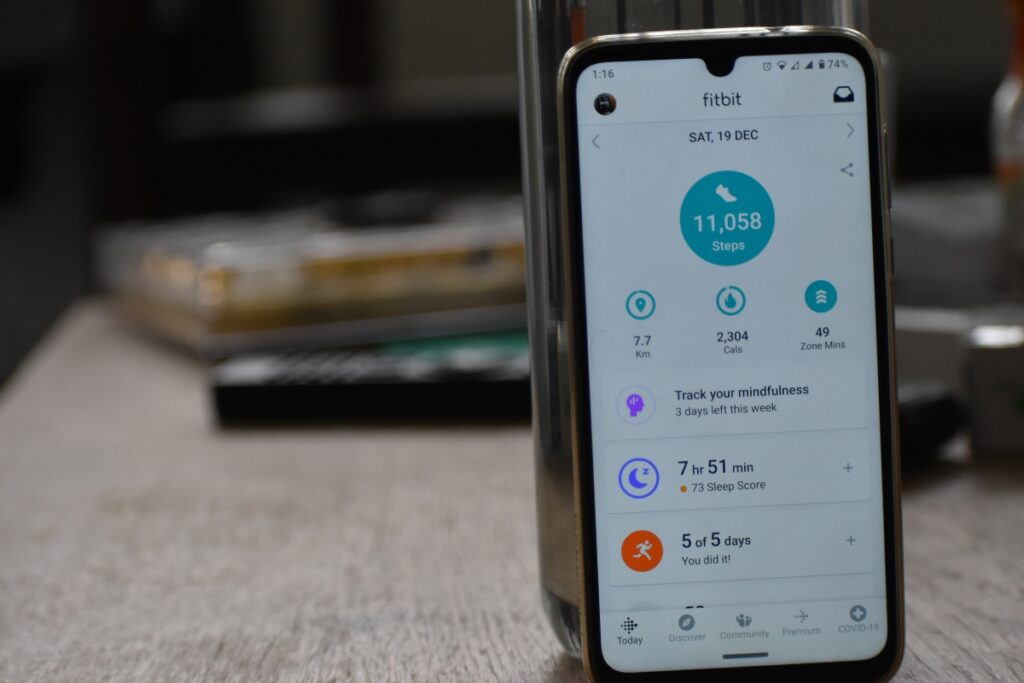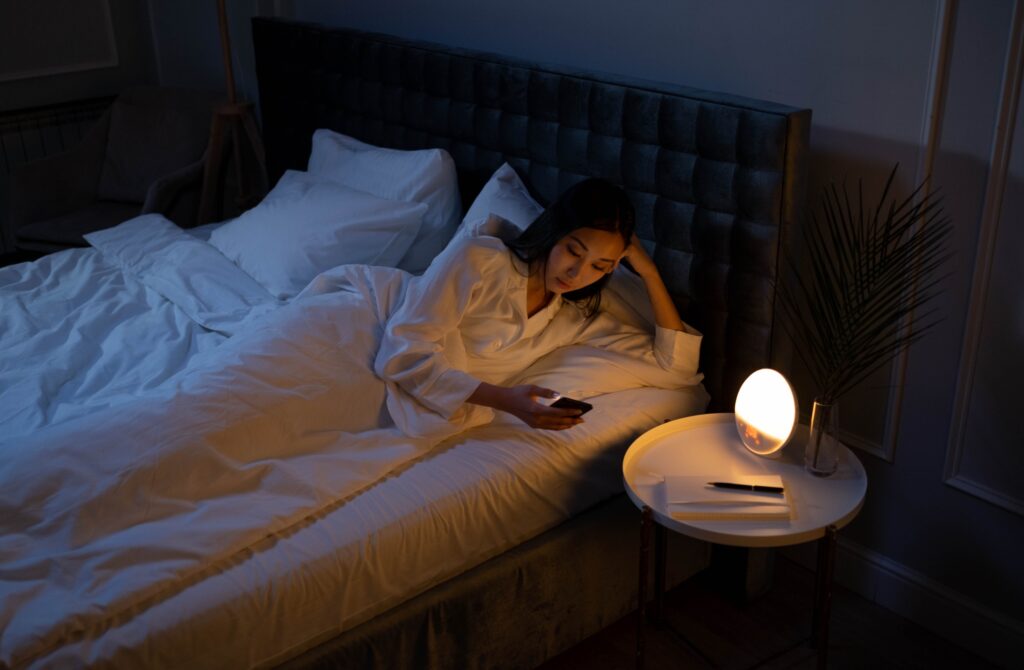Technology’s Impact on Life: Benefits, Mental Health, and Digital Wellbeing
Technology is today`s key driver of progress. From the time we wake up until the time we sleep, technology is embedded in our living. Smartphones, artificial intelligence, the internet, medicines, transportation, digital banking—all our existence is powered by the machines and the system we have created. In several ways, these innovations have enhanced our lives and helped to make the unthinkable, ordinary. However, at the same time, technology has wrought an assortment of unforeseen aftereffects—mental health struggles, privacy erosion, ecological damage, and increasing isolation. As we find ourselves within the midst of this ever-advancing technological time, it’s crucial to evaluate modern technology advantages disadvantages: exploring how technology affects us and the ways it has both elevated our lives and challenged our well-being.
Technology as a Catalyst for Progress
One of the obvious advantages that it has brought-and it is really quite evident-is that it has improved the quality of life. In healthcare, technology has been nothing short of revolutionary. Medical technology has driven life expectancy and changed the probability of early sickness diagnosis and treatment through diagnostic tools like MRIs, CT scans, robotic surgery options, and medical wearable devices. Telemedicine enables patients far away to be consulted by specialists thousands of miles away while disconnected health metrics monitoring in real time also exist. People with long-term conditions now have the ability to be continuously monitored – saving so many emergency admissions. This favorable history demonstrates how technology improved healthcare, saving many lives and making care more accessible than ever before.
In terms of education, the effect of technology has been even more striking. Learning is not restricted to a classroom anymore or physical textbooks. Online courses, interactive videos, virtual simulations, and educational apps have made knowledge accessible globally. A rural village child has access to the same good content as someone in a city, if he has internet connection. Digital learning was accelerated by the pandemic, forcing a big move to hybrid or even fully online learning models. While this changeover proved initially overwhelming, it has also provided scope for more inclusive and flexible learning environments, showcasing the benefits technology in education for diverse learning styles.
Workplace productivity too has been a major winner. With the aid of tools like cloud computing, video conferencing, project management applications, and AI-driven analytics, the work process across all industries has been simplified. Teams can cooperate across different time zones in real-time, access shared documents from anywhere in the world, and make data-driven decisions much faster. Remote work, what was once considered a privilege, gradually established itself as a norm, even more so since the COVID-19 pandemic. This not only benefits work-life balance for many professionals but also helps reduce urban traffic congestion and carbon emissions caused by less travel.
Socially speaking, technology has enabled folks to stay connected despite physical distance. Social media channels, instant messaging, and video calling have made it simpler than ever to maintain contact with individuals you are close to. In times of crisis, such as a natural disaster or a pandemic, these platforms become lifelines for communication and information distribution. They offer emotional support, provide updates, and sometimes even save lives. Moreover, people from diverse cultures, backgrounds, and opinions can now interact with each other, fostering cross-cultural understanding and global awareness like never before.



Unintended Consequences of Technology on Mental Health and Privacy
However, technological progress, in its current state, still isn’t all roses. A serious issue is the technology effect on mental health, demanding immediate attention. The always-on, ubiquitous communication via smartphones and social media frequently results in information overload, anxiety, and a compulsive need for approval. A number of studies confirm that excessive screen time, especially on platforms like Instagram and TikTok, exemplify the negative impacts of social media and are linked to depression, sleep disturbances, and lower self-esteem—the technology impact on youth is particularly concerning in this regard. The highly selective, often unrealistic representation of life on social media creates unhealthy standards and may lead to people feeling inadequate or left out.
The erosion of privacy raises significant technology privacy concerns. Nowadays, everything is digital, and our personal data is valuable currency—being stored, sold, and analyzed constantly. From Browse history and location tracking to facial recognition and biometric data, we leave digital footprints everywhere. While some data are gathered to personalize experiences or improve services, much of it is also used in advertising or, worse, manipulated for political or malicious purposes. The frequency of data breaches, identity theft, and cyberbullying is on the rise, and many users are not fully conscious of their virtual exposure. The balance between convenience and privacy has become a complex and worrying issue.
Furthermore, the convenience technology provides has also contributed to a more sedentary lifestyle. With food delivery apps, online shopping, digital payments, and remote work, physical activity has declined for a large portion of the population. This shift has contributed to an increase in lifestyle-related diseases like obesity, diabetes, and heart problems. Many people spend hours in front of screens, highlighting the effects of screen time on adults, leading to eye strain, posture issues, and reduced physical fitness. While technology has enabled people to connect virtually, it has also distanced them from the physical world, reducing face-to-face interactions and weakening social bonds.
There is also a growing concern over job displacement due to automation and artificial intelligence. While technology has created many new industries and job roles, it has also rendered others obsolete. Automated checkout systems, AI chatbots, and self-driving technologies are just a few examples of innovations that threaten traditional jobs. This is particularly concerning in developing economies where labor-intensive jobs are a major source of employment. Without adequate re-skilling and educational reform, millions could be left behind in the race toward a digital future.
And then there’s the environmental impact. The very tools that bring us convenience also contribute to pollution, e-waste, and energy consumption. The demand for electronic devices has led to the mining of rare earth materials, which often harms ecosystems and exploits labor in underdeveloped regions. Data centers that power cloud services consume massive amounts of electricity, much of it still coming from non-renewable sources. Ironically, while we use technology to monitor and fight climate change, it is also a part of the problem.


Harmonizing Technology with Daily Life for Better Well-Being
Despite the challenges, the solution involves learning how to balance technology use and engaging with it more mindfully, rather than rejecting it outright. Humans have always been tool-makers and problem-solvers. The key lies in creating ethical frameworks, policies, and personal habits that allow us to enjoy the benefits of technology without becoming its victims. Digital detoxes, setting screen time limits (key for managing screen time adults), strong data protection laws, and investments in mental health awareness are useful digital wellbeing tips to counterbalance the negative effects.
Education systems need to adapt as well, focusing not just on technical skills but also on critical thinking, creativity, and emotional intelligence—qualities that machines cannot replicate. Policymakers and businesses must prioritize sustainability, ethical AI, and equitable access to technology to ensure no one is left behind. In our personal lives, we can choose to use technology to enhance real-world relationships rather than replace them, to support our well-being rather than compromise it.
For more lifestyle related blogs, visit the following page on our website.